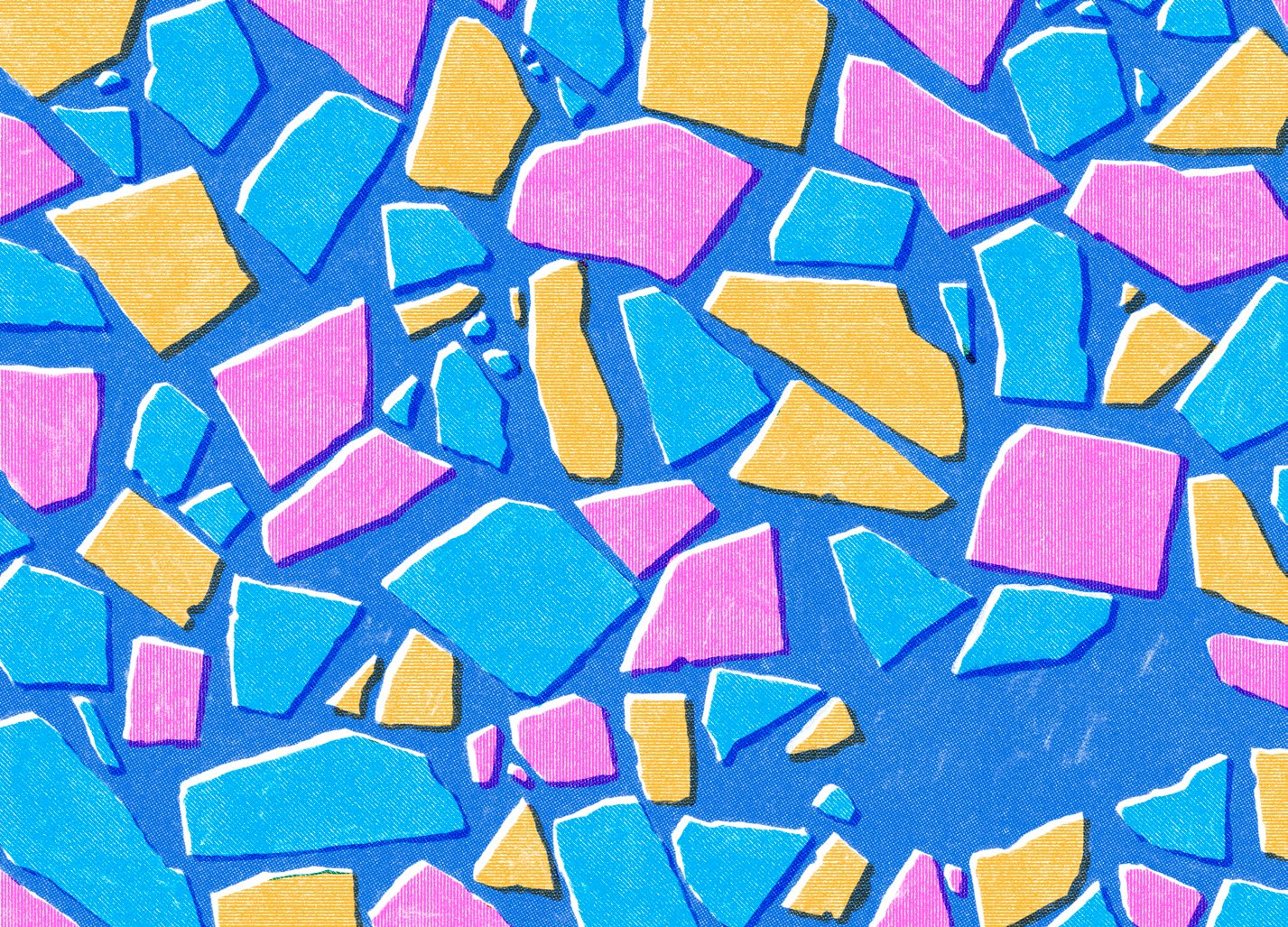Maccarrones de Poddighe e Malloreddus
Maccarrones de Poddighe e Malloreddus
Thumbprint Pasta and Gnocchetti Sardi
This is a basic flour and water dough for two Sardinian pasta shapes. While Busiate, Trofie, and Lorighittas are intricate shapes requiring practiced technique, maccarrones de poddighe and malloreddus are simple shapes, perfect for beginners, so you can even get little kids involved. Maccarrones de poddighe are basically little bits of dough that you smash into disks with your thumb. Serve with Polpettine e Pecorino or another sauce of your choosing. Malloreddus, which are called gnocchetti sardi in Italian, are more like ridged cavatelli. Serve Alla Campidanese or with another chunky meat or vegetable sauce. The variation from Capoterra, a suburb of Cagliari, are tiny curled-up pieces of pasta made half with plain durum wheat dough and half with saffron-tinted dough. All the pasta shapes can sit out on the counter for up to 2 hours or they can be cooked after a brief drying period. The shaped pasta can also be tightly wrapped in plastic wrap and frozen for up to a week.
Ingredients (3)
Ingredients (3)
Instructions
Making the Dough
Pour the fine semolina (1 ¾ cups) into a bowl and make a well in the middle. Add the water (⅔ cup) and a heavy pinch of salt ( to taste) to the well, then mix with a fork, working from the edges of the well into the center, gradually incorporating the semolina to form a shaggy dough.
Turn the dough out onto a clean work surface and knead energetically until it is a smooth, compact mass, 10 minutes.
Wrap the dough in plastic wrap and allow it to rest at room temperature for 30 minutes before shaping.
To Shape Maccarrones
Unwrap the dough. Cut off a walnut-size piece, keeping the rest covered. Roll the piece of dough into a long strand about ½ inch thick, then pull off hazelnut-size pieces.
Roll into a ball, then using your thumb, press down into each piece to form a flat disk with only a slight indentation. Set aside on a dry, clean surface or a clean kitchen towel dusted with semolina. Repeat with the remaining dough.
To Shape Malloreddus
Unwrap the dough. Cut off a walnut-size piece of dough, keeping the rest covered. Roll the piece of dough into a long strand about the thickness of a pencil, then pull off a piece about ¼-inch wide.
Using your thumb, press and drag one piece of dough over a wicker basket, gnocchi board, or sushi mat. Set aside on a dry, clean surface or a clean kitchen towel dusted with semolina. Repeat with the remaining dough.
To cook all shapes
Bring a large pot of water to a rolling boil over high heat. Saltthe water until it tastes like a seasoned soup.
Add the pasta and cook until the raw bite is gone, 3 to 4 minutes.
Serve with the sauce of your choosing.
Malloreddus di Capoterra (Gnocchetti Sardi in the Style of Capoterra)
Bloom a pinch of saffron (approximately 20 strands) in 82.5 grams of the warm water for 10 minutes. Mix two separate doughs, one made from 165 grams of the finely milled semolina and the saffron-tinted water, and the other from the remaining 165 grams semolina and remaining 82.5 grams warm water.
To shape, anchor a ridged piece of glass to your work surface (two pieces of dough work well for this). Capoterresi use pieces of glass from their refrigerator shelving.
Cut off a walnut-size piece of dough, keeping the rest covered. Roll the piece of dough into a long strand about the thickness of a pencil, then pull off a piece slightly larger than a grain of rice. Press and drag the pasta over the ridged surface, making a small curlicue.
Set aside on a clean, dry wooden surface or a clean kitchen towel dusted with semolina. Repeat with the remaining dough. Let stand for up to 2 hours before cooking. Serve with Burro e Salvia, or with Sugo Povero.

